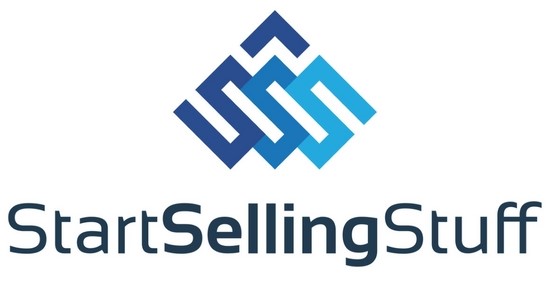Adding Social Proof to Your Shopify Store with Beeketing Sales Pop

FACT: People do not necessarily buy what they like, they buy what everyone else is buying.
The late philanthropist and founder of Combined Insurance Company of America W. Clement Stone was one of the richest men in America during his lifetime.
In 1930, Stone had over 1000 agents selling insurance for him all over the United States. He was known to have a simple way of training his agents.
Instead of going into people’s homes and using the traditional sales pitch, Stone sent each agent out with a three-ring binder filled with about 200 pages of testimonials from satisfied clients.
All the agent had to do was flip through the binder, showing his prospective client a few pages of testimonials.
Afterward, he’ll try to close the sale, and if the prospect wasn’t ready to sign yet…
repeat the process.
Invariably, by the time the agent got to page 25 (or sooner), the prospect was sold.
As simple as it sounds, this technique helped the agent close new insurance policy sales like clockwork.
And as a result, the company grew into a billion dollar company.
This psychological phenomenon is what Robert Cialdini calls “social proof.”
According to Cialdini, in situations when people are unsure of what to do, they deem the behaviour of others appropriate or better informed. And consequently, do what those others have done.
Social proof helps to effortlessly sell your products.
This has been proven time and time again.
And it works for both offline and online marketing.
A quick look at successful blogs, forums, and social networking sites point you to how important this psychological tool is in the selling process. People rely heavily on the opinion of others before buying.
Personally, I have discovered that people do not want to be the first to buy ANYTHING online Besides sales, even on social media apps like Twitter, Facebook, LinkedIn etc. users rely on number of views, likes, retweets and comments to determine if they want to view a content or not.
So, you’re definitely leaving a lot of money on the table if you’re not using social proof effectively.
Using Social Proof to Boost Shopify Conversion Rates
Now that you know how much social proof can do, how do you apply it to your Shopify store?
Remember, on Shopify, there are no page flipping agents, no pitch and no sales closure. A prospective buyer clicks on your store and is engulfed with the usual feeling of uncertainty.
And as you already know, one of the qualities of a good salesperson is to constantly reassure the buyer.
I kid you not, buyer uncertainty is the biggest reason for low sales. Especially in smaller and newer stores.
There are a lot of ways to add social proof to your Shopify store.
Reviews and testimonials are great.
But here are some things your buyers are looking out for in your testimonials:
TIME: If the last review for your product was in 2016, I’m sure as hell fleeing from that store. No one wants to pick up an outdated product. There’s a huge possibility the seller is unavailable or service is poor.
GENUINENESS: Even if this is hard to determine. A lot of buyers know some of the reviews are sponsored. So, they are actively searching for loopholes in the testimonials. And believe me, some people can actually smell fake reviews from a mile away.
LOCATION: Talking about miles, buyers are also interested in where your testimonials are coming from. Naturally, I’ll be more convinced if someone in my neighborhood has used your product.
This is why, I recommend you use The Beeketing Sales Pop for your social proof on Shopify.
This simple and powerful app is packed with details of real customers. And you should use this to your advantage.
The pop up takes care of most of the issues associated with online social proof and is already in use by a lot of sellers on Shopify.
So here’s how it works.
The Beeketing Sales Pop, simply displays the name and location of previous buyers along with a time stamp.
Actually, time of sale is shortened.
This is done to enable your visitor to make a quick buying decision.
This trick is what makes this app unique.
The time stamp is always a few minutes before.<?p>
Though the buyer is real, the time of purchase isn’t.
This is much like spicing the detail to close the sale.
For Example:
When a buyer visits your store. The pop up app reveals the name of a previous buyer, location and timestamp.
Samantha Chris from North London purchased (Product).
Six minutes ago.
So, you have a combination of both “social proof” and “urgency” all in one app. Your buyer is confident that a real person with a real location just bought the product a few minutes ago.
This will speed up the buying decision.
Add that to the fact that the app is so easy to use. You literally got yourself a virtual salesperson.
I use this app for my shopify store and like I said earlier there are quite a number of stores that use it too.
It’s quite an experience.
If you want to see how it works in action, watch the video below.
